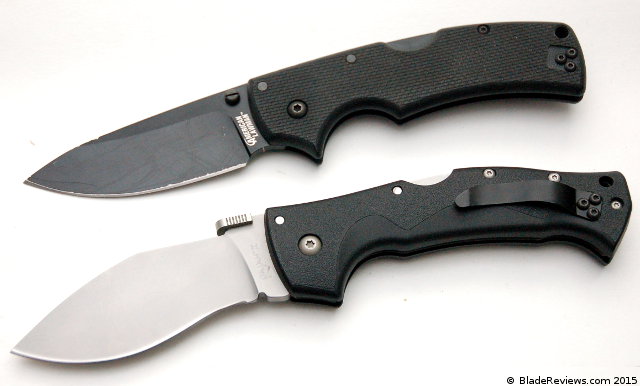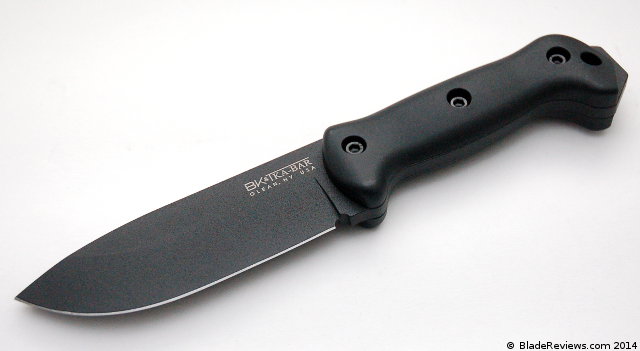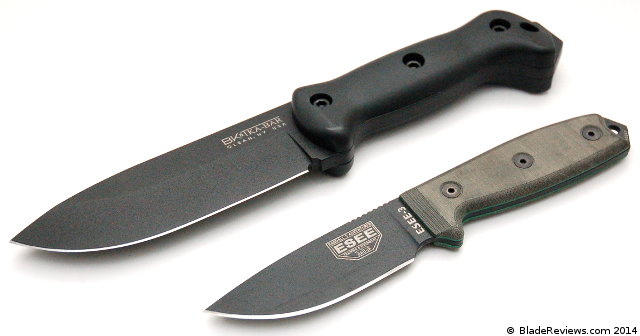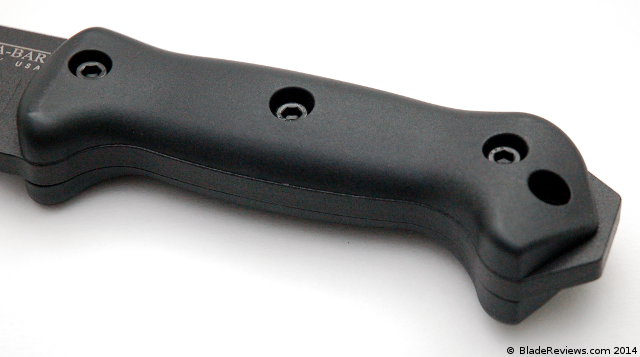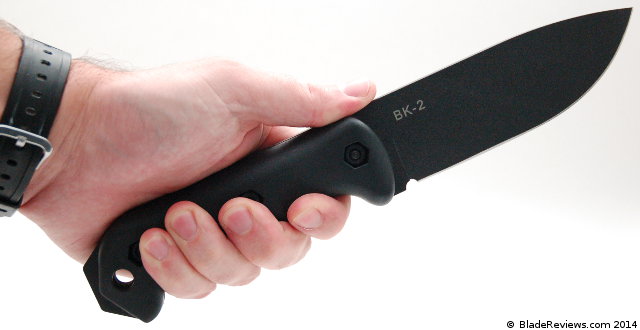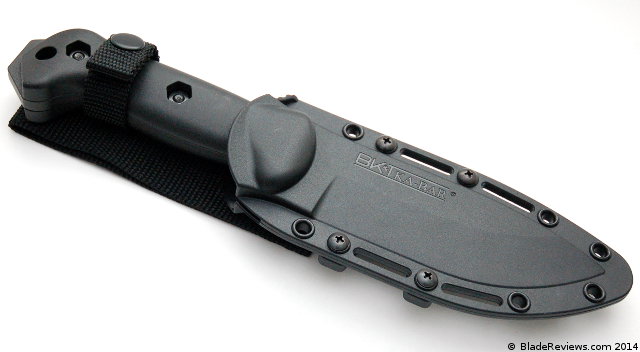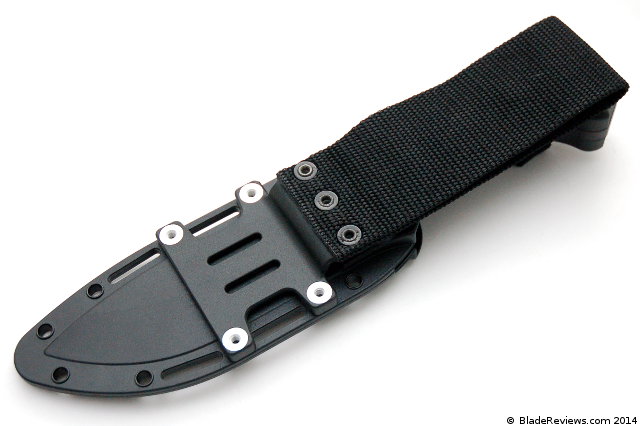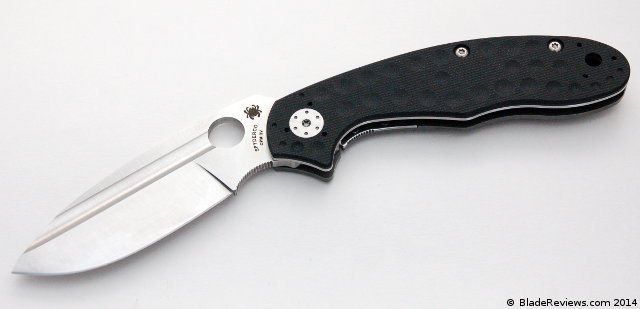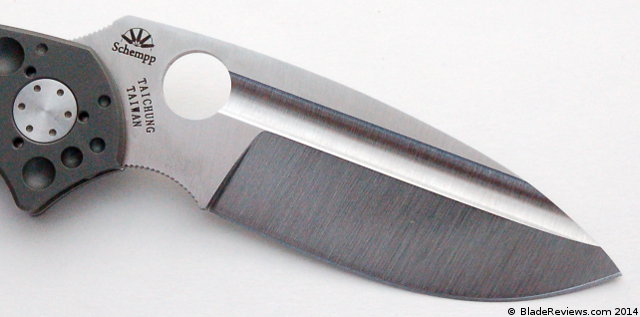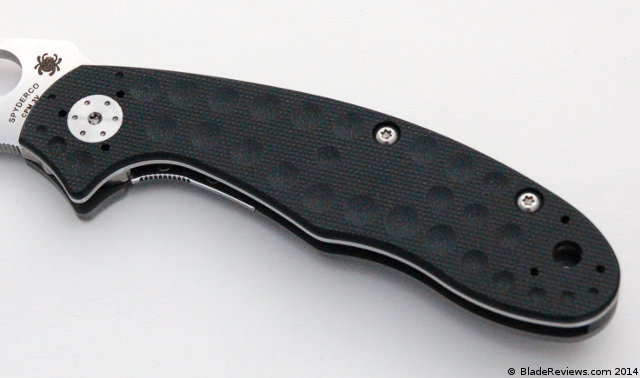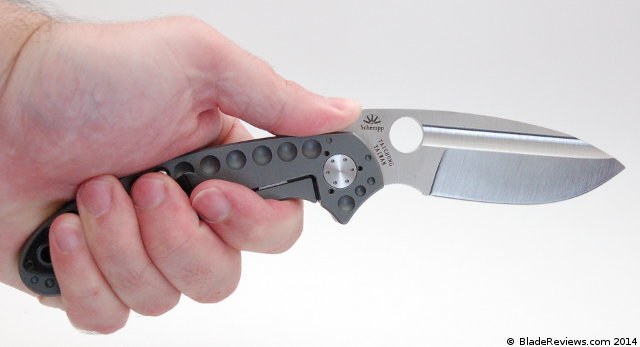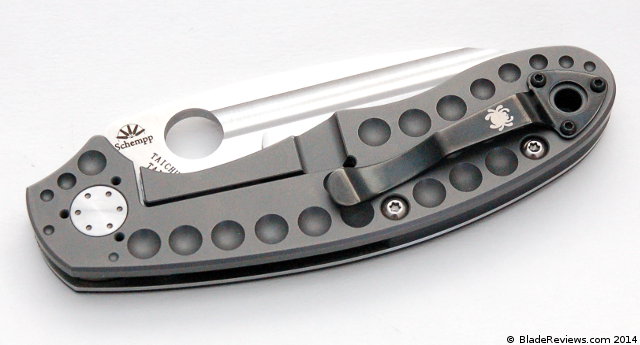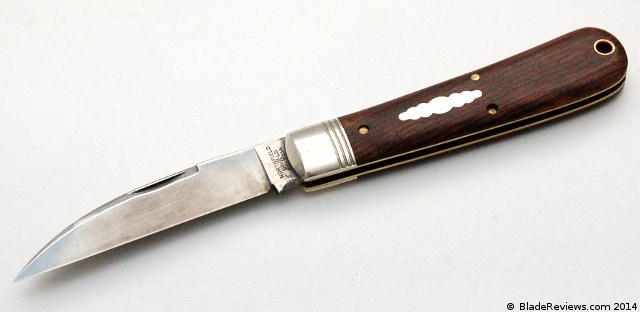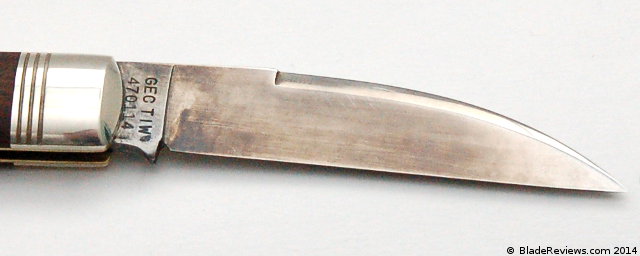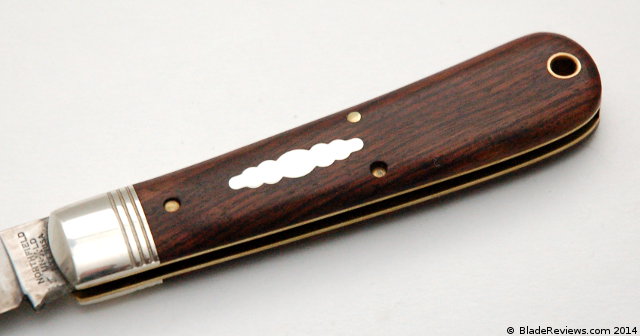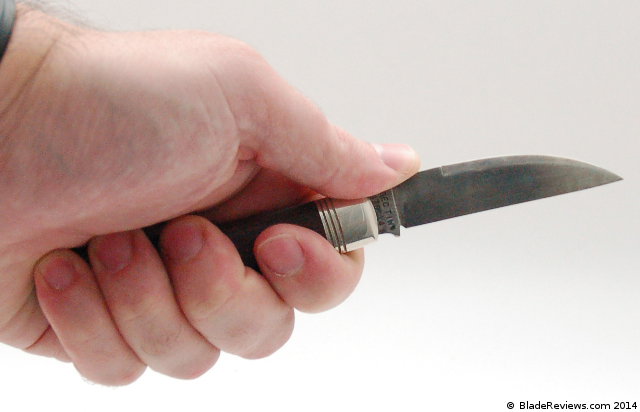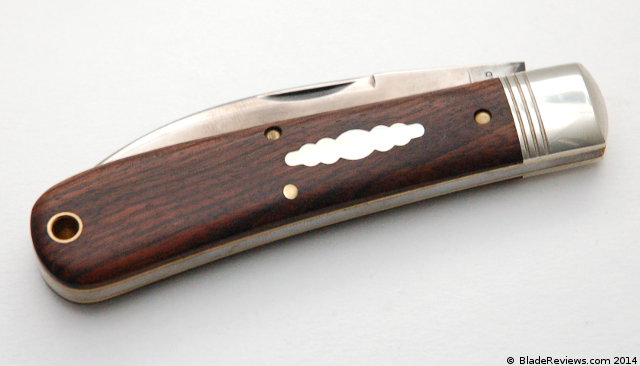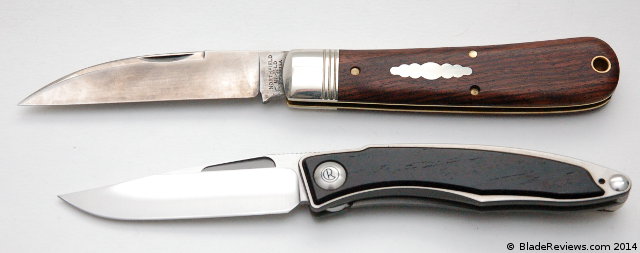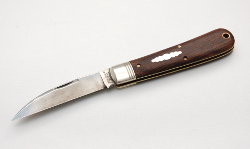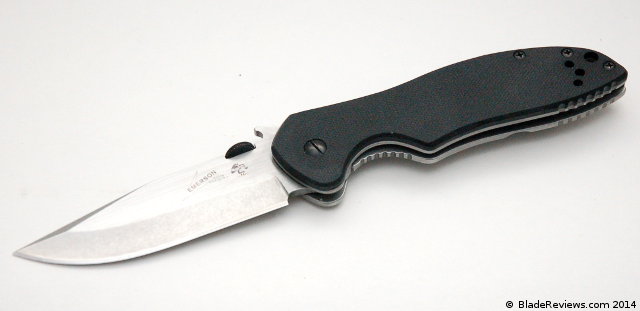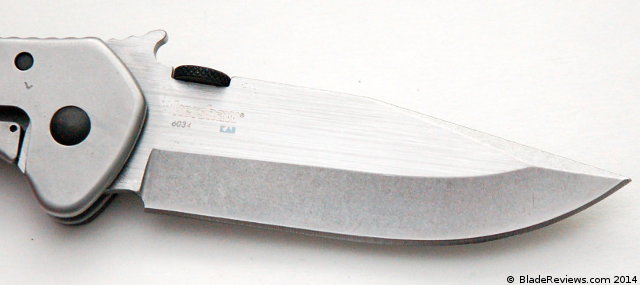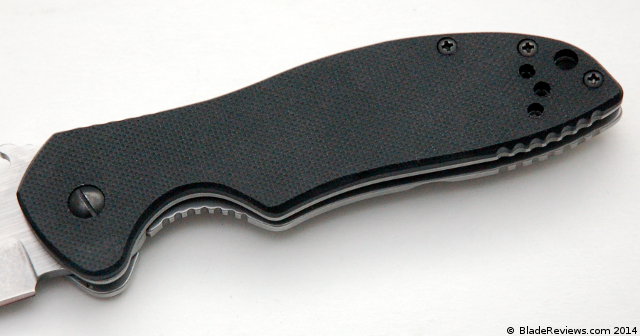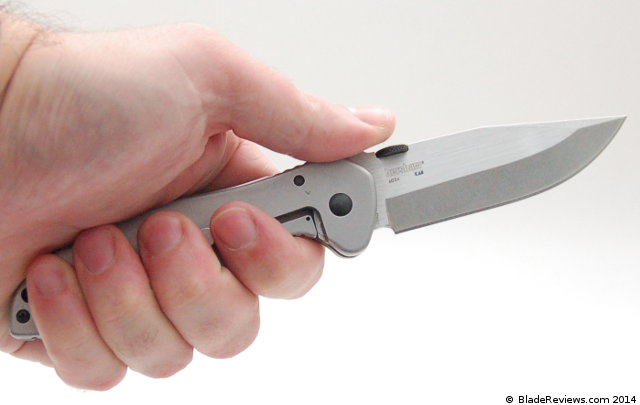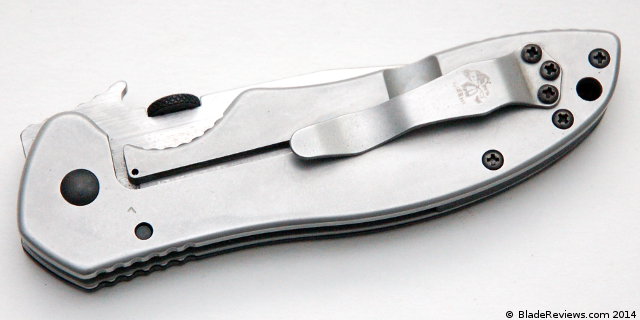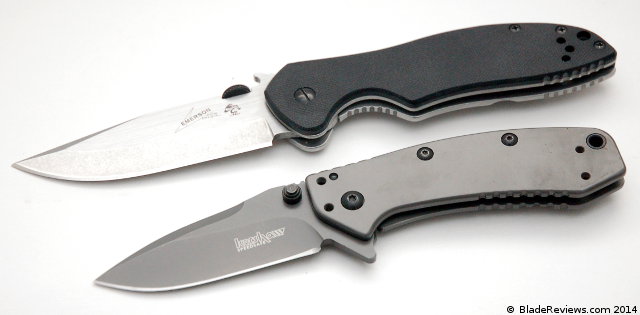Last Updated: July 28, 2019
I almost entitled this review “confessions of a mall ninja”. Yup, your buddy Dan has something of a dirty secret: I’m a fan of ridiculous knives from Cold Steel. You may have guessed as much after reading reviews of the Spartan and XL Voyager. I just didn’t talk openly about it.
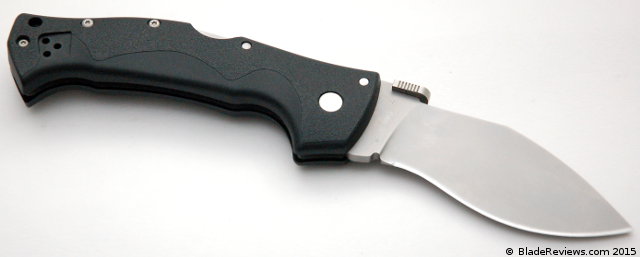
Buy the Cold Steel Rajah III at BladeHQ
The truth is I think some of these more outlandish Cold Steel knives are fun, and some are also legitimately good knives. And let me add that there is something about buying a folding knife knowing you can blast through a side of beef with it (whilst rocking out to heavy metal music) that lends a certain pride of ownership that I don’t quite get with my Delica. There is a je ne sais quoi, if you will, with select Cold Steel products. It keeps bringing me back.
The Rajah series is among their more mall ninja-y folders, but, as with most things, there are shades of gray. If you want to go full ninja then check out the oversized Rajah II. If you are secure, but not quite Open-Carry-Bear-Mace-On-Your-Web-Belt secure, then there is the more middling Rajah III, which also happens to be the subject of today’s review.
Some might argue the Rajah III is small enough for normal people to carry. Some might argue it’s not for mall ninjas at all. Some might argue I’m a jerk for even implying that the knife may be for mall ninjas. Regardless of your personal proclivities, I’ve had my eye on it for some time.
General Dimensions and Blade Details
The Rajah III has an overall length of 8-3/8″, a 3-1/2″ blade, and weighs 4.4 ounces. Despite being the smallest version in the series it is still a big knife. It’s not totally ridiculous for me to carry, but at close to 3/4 of an inch thick, this is one I feel in the pocket. Definitely an after hours carry for me. The Rajah II with it’s 6″ blade is a dedicated outdoor tool, or perhaps a mostly a folding novelty.
The Rajah series was designed by Andrew Demko, who has designed a number of great folders for Cold Steel. Apparently, the classic Nepalese kukri was the inspiration for this design. Cold Steel waxes poetic about the “dramatic power of the kukri as both a tool and weapon” in their product literature. I can attest that kukris make for great choppers, but here we are talking about a 4.5 ounce folding knife.
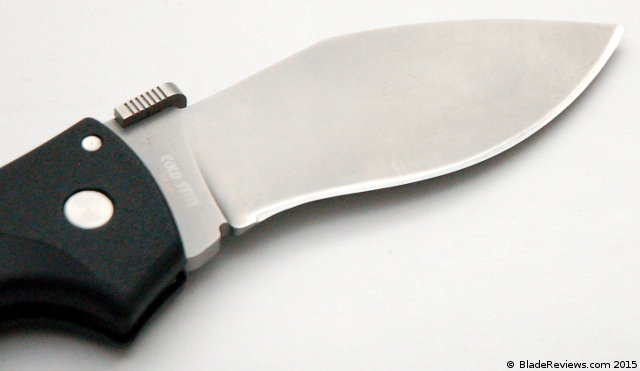
The blade is kukri shaped. I guess that could be described as a modified clip point with a recurve if you wanted to try and get technical. It has the big kukri belly and a deep recurve. The recurve isn’t quite as crazy as the Spartan’s, but it is still pretty serious. The 4mm thick blade tapers down to the tip, and has been given a full flat grind. It slices well – especially with that recurve. The knife carves aggressively too. I was very pleased with how this blade performed, and think there is some truth to the Cold Steel sales copy regarding kukris. Sharpening can be a chore, but there is truth to this being a high performance blade shape.
Cold Steel initially offered the Rajah III with a bead blasted blade finish (shown here). Not my favorite choice, but it works. They have since updated the knife to feature a stonewashed / tumbled finish. I prefer that finish over the beadblast as it is not as susceptible to rust and I think it looks a little nicer.
Cold Steel originally offered the Rajah in AUS8. They changed the steel to BD1 in 2015-2016. Both AUS8 and BD1 are softer steels. Cold Steel got a lot of feedback from customers wanting something with better edge retention than AUS-8, so they upgraded their premium line of knives to CTS-XHP (and then S35Vn in 2018), and their more budget oriented knives they upgraded to BD1.
I don’t have a lot of experience with BD1, but it’s a softer steel. Easy to sharpen, and presumably holds a better edge than AUS-8. I think it was a good option for the Rajah series as the price is still reasonable.
On the subject of sharpening, I sharpen this knife with the rods of my Spyderco Sharpmaker. Rod style sharpeners are best for curved blades like this. You will have an extremely hard time trying to sharpen this with bench stones or paddle sharpeners.
Handle, Ergonomics, and Pocket Clip
Much like the Spartan, the Rajah’s handle is grivory (high density plastic) over full nested steel liners. The back spring is hardened steel, and the backspacer is more grivory. Everything has been screwed together for your convenience. This is a lightweight yet strong handle design that has been meticulously crafted. This knife is made in Taiwan, and like virtually every other knife from Taiwan that I have handled, it has been really nicely finished. They even included a lanyard hole.
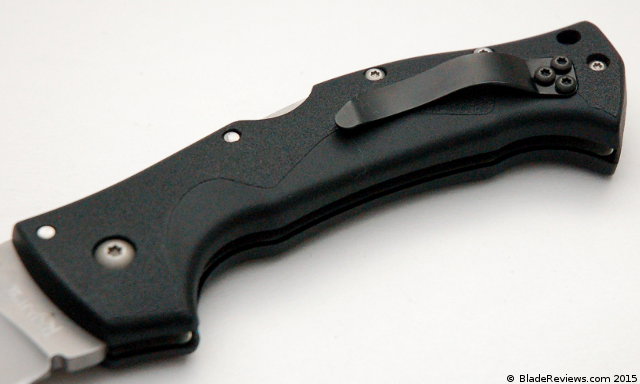
Andrew Demko is a man who clearly understands ergonomics. His designs are among the most comfortable I’ve handled, perhaps only second to Ernest Emerson. Although the Rajah III is a scaled down version of the Rajah II, you aren’t sacrificing a comfortable grip. I take a large glove and there is just enough room for a good full grip. You can move up on the handle for more detailed work, and lean back into the handle for light chopping. The Rajah III also feels very at home in reverse grip. There is no jimping, and the scales have been given a very light texture. I’d say its pretty much perfect for my applications.
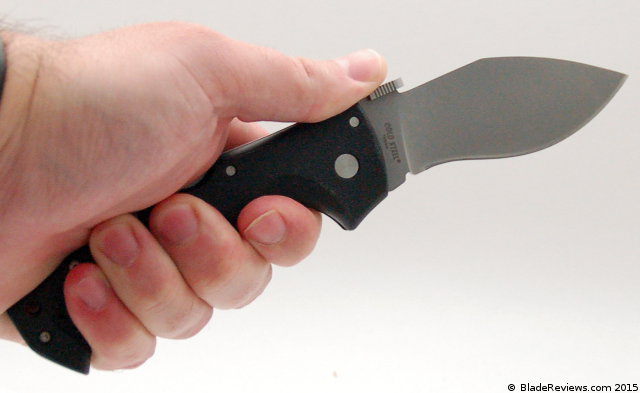
Like on many of their other designs, Cold Steel has included two pocket clips: one for each side of the curved handle. They also included 2 sets of screws, which is a nice touch. These clips don’t allow for super deep carry, but it is still a fairly discrete package. The clips are simple but they work well. They have been given Cold Steel’s trademarked crappy black teflon coating, so don’t expect them to look new for long.
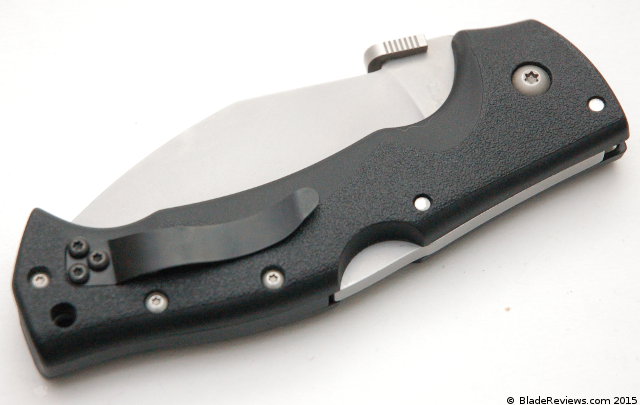
As far as carry is concerned, this is a thick knife and you will feel it in your pocket. It isn’t very heavy for its size, so it has that going for it, but I can’t deny that this is a bulkier knife. If you are looking for a very discrete slim line EDC knife then I would look elsewhere.
Deployment and Lockup
The Rajah makes use of a large thumb plate for deployment. You can push the blade open with your thumb, or the plate can function similarly to an Emerson Wave, allowing you to open the knife from your pocket. With a little wrist action I can flick the knife open with my thumb. The strong backspring gives the closed blade a healthy “detent” (resistance to opening). I will say that the action of this knife is extremely smooth. Smooth to the point where the blade will fall freely on it’s own upon disengaging the lock.
Cold Steel has equipped the Rajah III with their tri-ad lock. For the uninitiated, the tri-ad lock is an improved back lock strengthened by the inclusion of a hardened steel stop pin between the tang of the blade and the lock bar. This stop pin absorbs much of the shock that would otherwise transfer directly to the locking mechanism and potentially compromise the lock.
In my experience these tri-ad lock knives are tough. My knives have held up well over the years without failing, developing blade play, etc. In addition to normal use as an EDC knife, I did beat on this knife a bit in my back yard. I chopped through some bamboo and hacked away at firewood – stuff I wouldn’t normally do with a folding knife. The knife held up beautifully. The way I see it, the only downside to the tri-ad lock is that it can be tough to disengage – especially with one hand.
Cold Steel Rajah III Review – Final Thoughts
Is the Rajah III a realistic EDC option, or is it going to be on the cover of next month’s “Mall Ninja Monthly”? I think the truth lies somewhere in between. While the Rajah III is aggressive looking and somewhat impractical for your average suburban/urban EDC, I cannot deny that this is a solid tool that is capable of getting real work done. It may not be the most convenient choice for an armchair general like myself, but I still respect and the Rajah III for being well made, and enjoy how it is a little different than the rest of the knives in my collection.
Also, the fundamentals to the Rajah are solid: the tri-ad lock is extremely sturdy, the knife is lightweight yet strong, the handle is comfortable, the blade slices and dices with the best of them, the fit and finish is extremely good, and the price is very attractive.
If you want a no-nonsense, high performance Cold Steel lockback folder with a 3.5″ blade then I suggest checking out the American Lawman. The Lawman continues to be one of my favorites. It is slimmer than the Rajah III and less intimidating. In my mind it is clearly a more practical EDC choice. But if you are looking for something a little further out there, and like the lines of the Rajah series, then check out the Rajah III. For $45 this is a tremendous value and an excellent knife. I like mine a lot.
- Blade length: 3-1/2 inch
- Overall length: 8-3/8 inch
- Steel: carpenter CTS Bd1 alloy with stonewash finish
I recommend purchasing the Rajah III at Amazon or BladeHQ. Please consider that purchasing anything through any of the links on this website helps support BladeReviews.com, and keeps the site going. As always, any and all support is greatly appreciated. Thank you very much.
